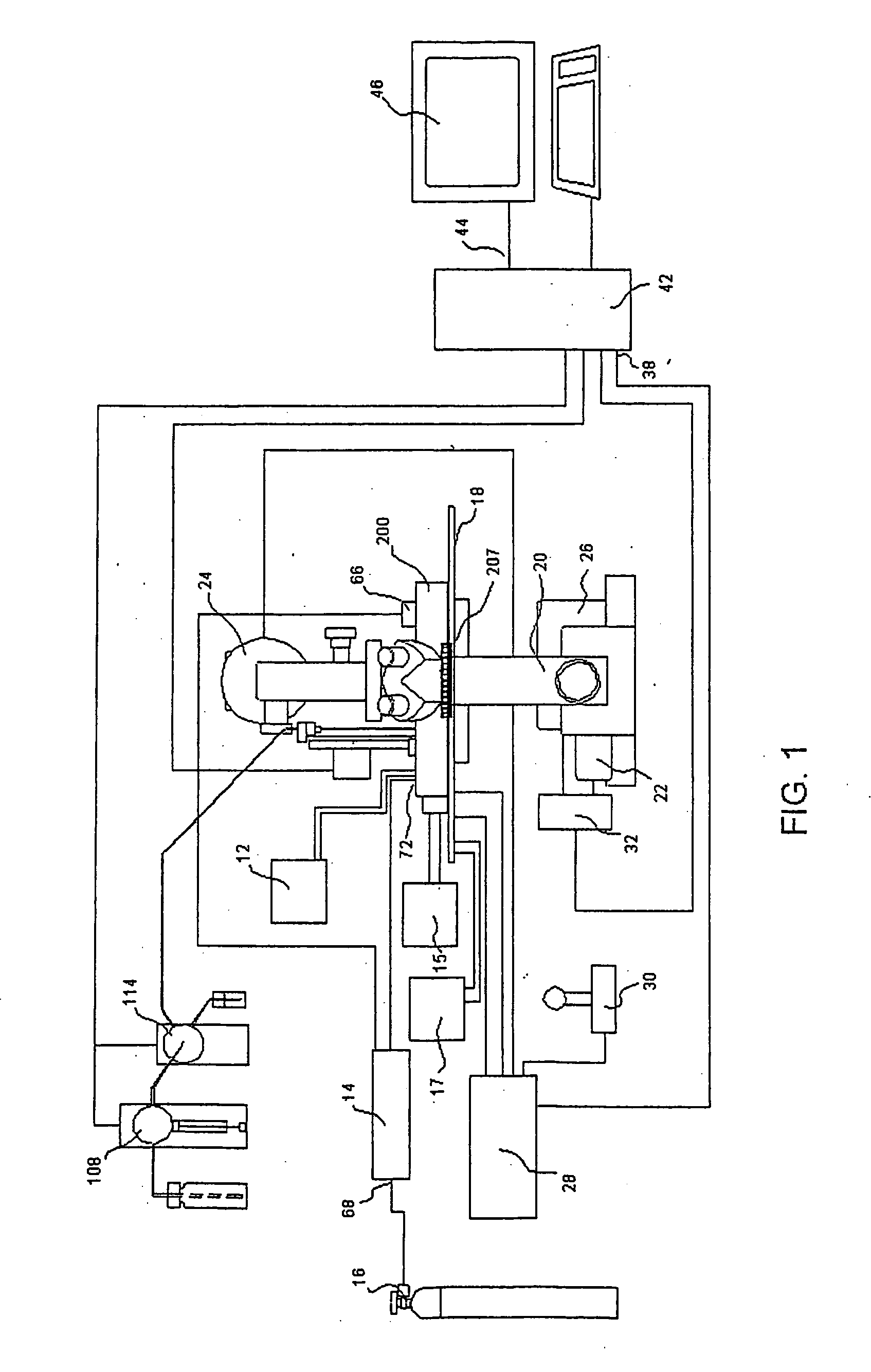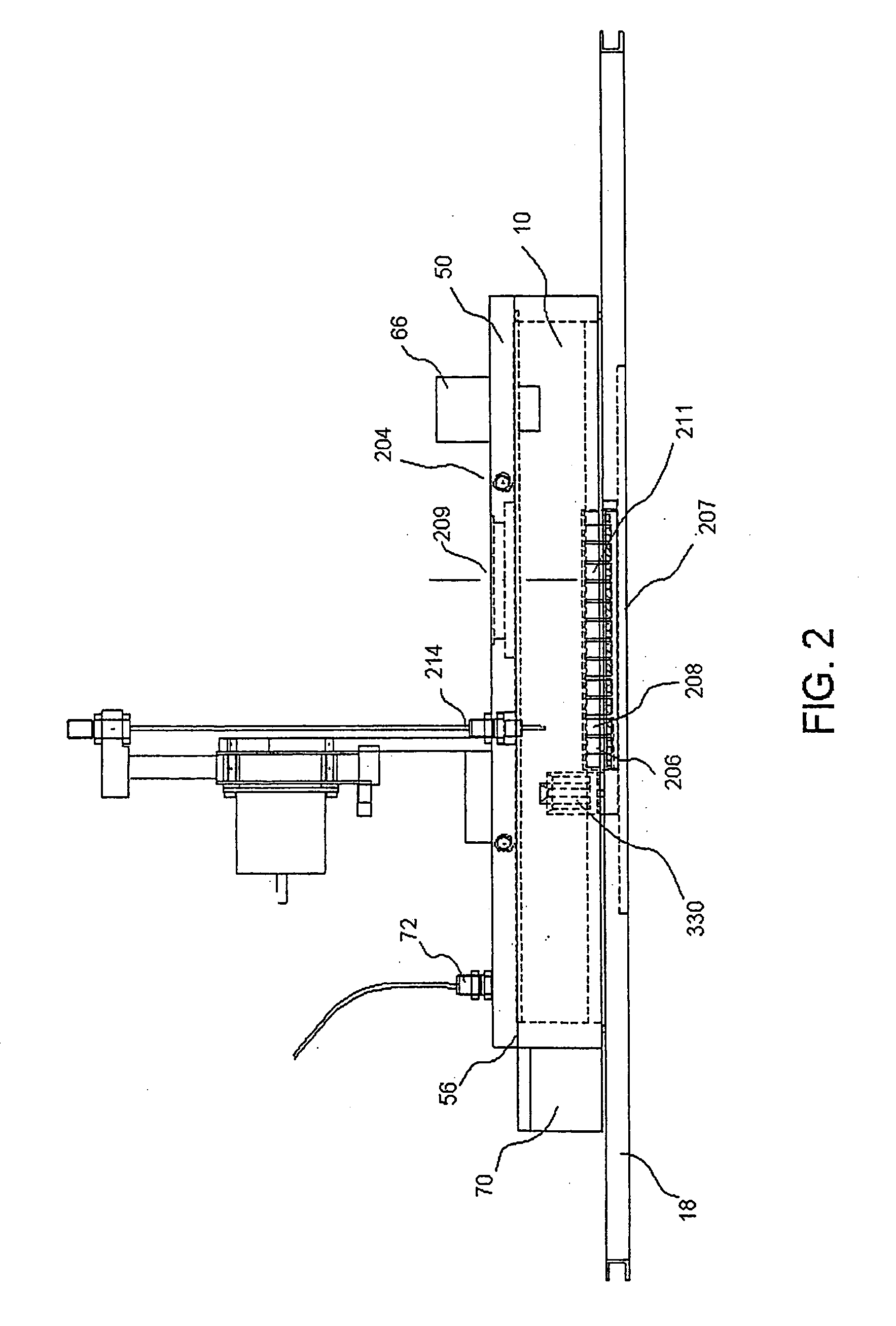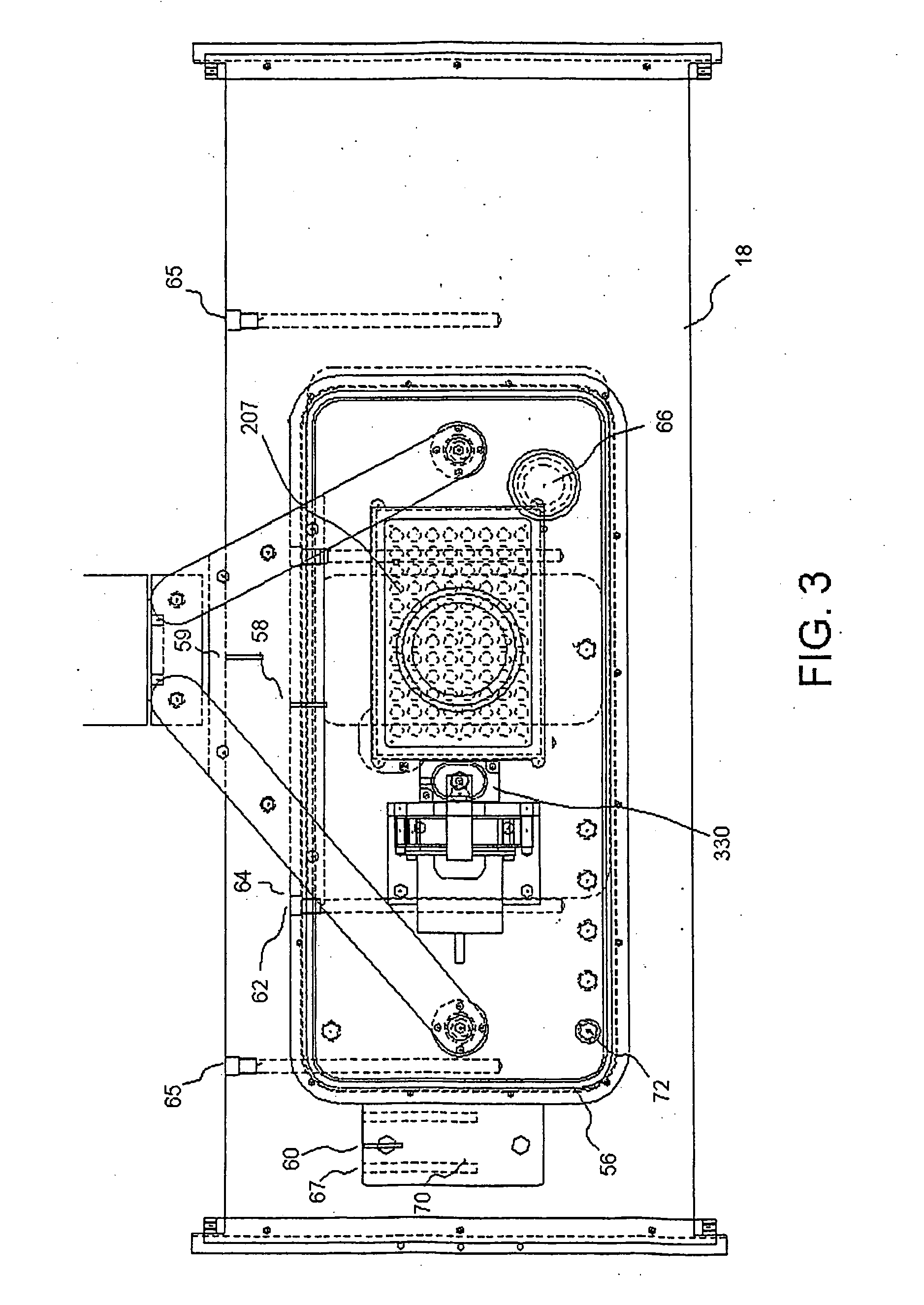Determination of protein function
a protein function and protein technology, applied in the field of proteomics, can solve the problems of increasing the cost and cycle time of drug discovery, labor-intensive methods, and high cost, and achieve the effect of efficient and cost-effective methods
- Summary
- Abstract
- Description
- Claims
- Application Information
AI Technical Summary
Benefits of technology
Problems solved by technology
Method used
Image
Examples
example
Use of a Primary Immune-Response Disease Model
[0097] A. Primary Immune Response Assay 1
[0098] This assay determines whether a protein is involved with dendritic cell maturation and the interleukin-1 (IL-1) pathway of the primary immune response. Under natural conditions, dendritic cells mature and lose viability. Remaining cells consume the expired cells through phagocytosis. Thus, phagocytosis is indicative of dendritic cell maturation and differentiation.
[0099] Interleukin-1 beta was evaluated via this disease-cell model. Dendritic cells (DCs) were generated from peripheral blood monocytes by culture in IL-4 and GM-CSF. For 24 hours the DCs then were incubated with 2-micron fluorescent polystyrene beads in the presence (panel A) or absence (panel B) of IL-1 beta (20 ng / rnl) and tumor necrosis factor (TNF). Fluorescent images were superimposed upon visible light images to align clusters of phagocytized beads with phagocytic DCs.
[0100] Panels A and B of FIG. 16 depict all fluores...
PUM
 Login to View More
Login to View More Abstract
Description
Claims
Application Information
 Login to View More
Login to View More - R&D
- Intellectual Property
- Life Sciences
- Materials
- Tech Scout
- Unparalleled Data Quality
- Higher Quality Content
- 60% Fewer Hallucinations
Browse by: Latest US Patents, China's latest patents, Technical Efficacy Thesaurus, Application Domain, Technology Topic, Popular Technical Reports.
© 2025 PatSnap. All rights reserved.Legal|Privacy policy|Modern Slavery Act Transparency Statement|Sitemap|About US| Contact US: help@patsnap.com



